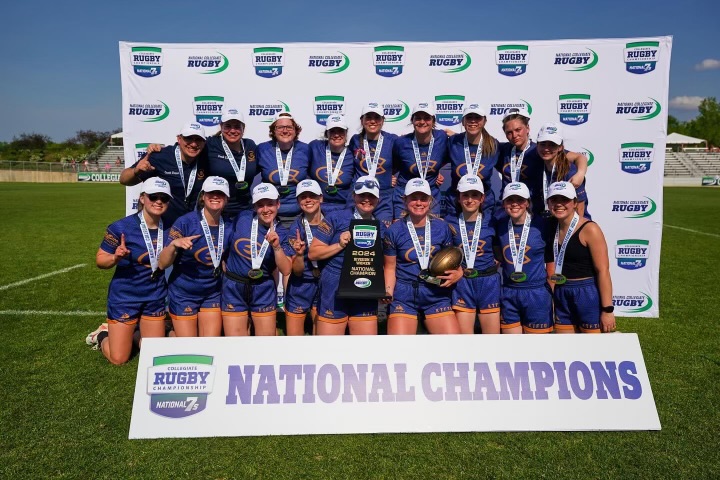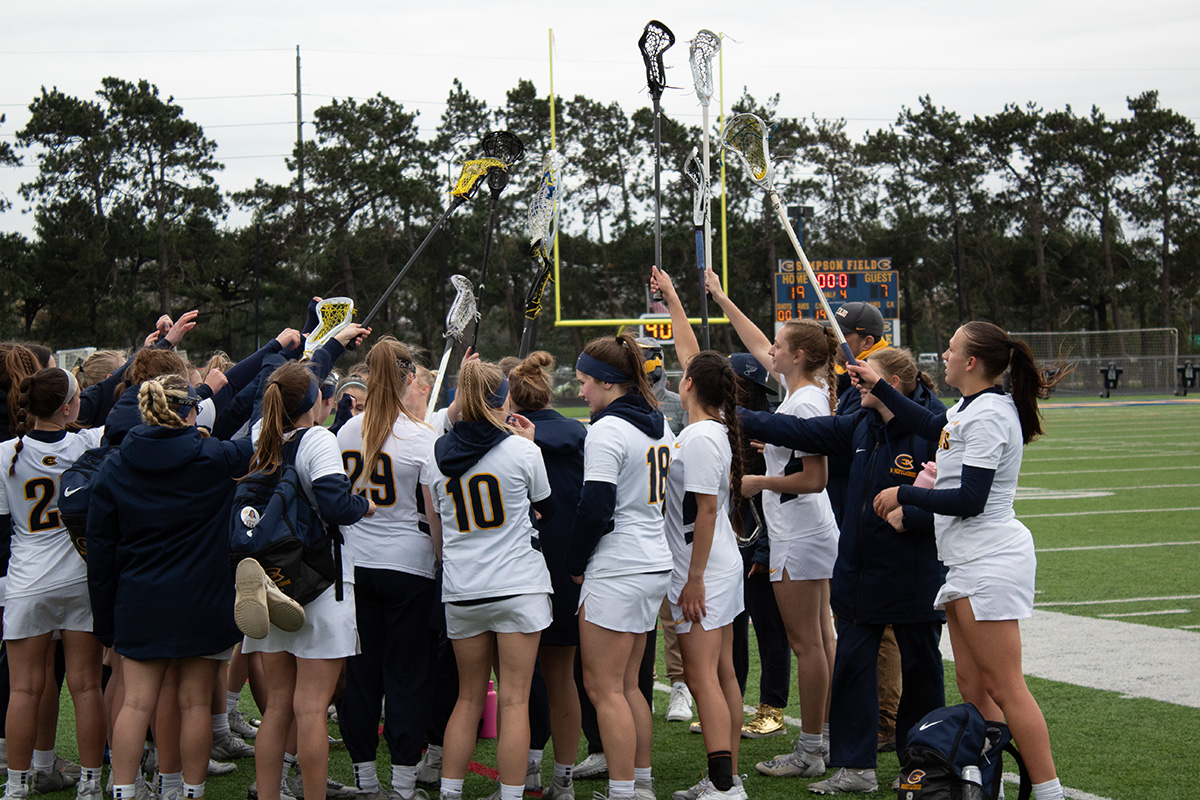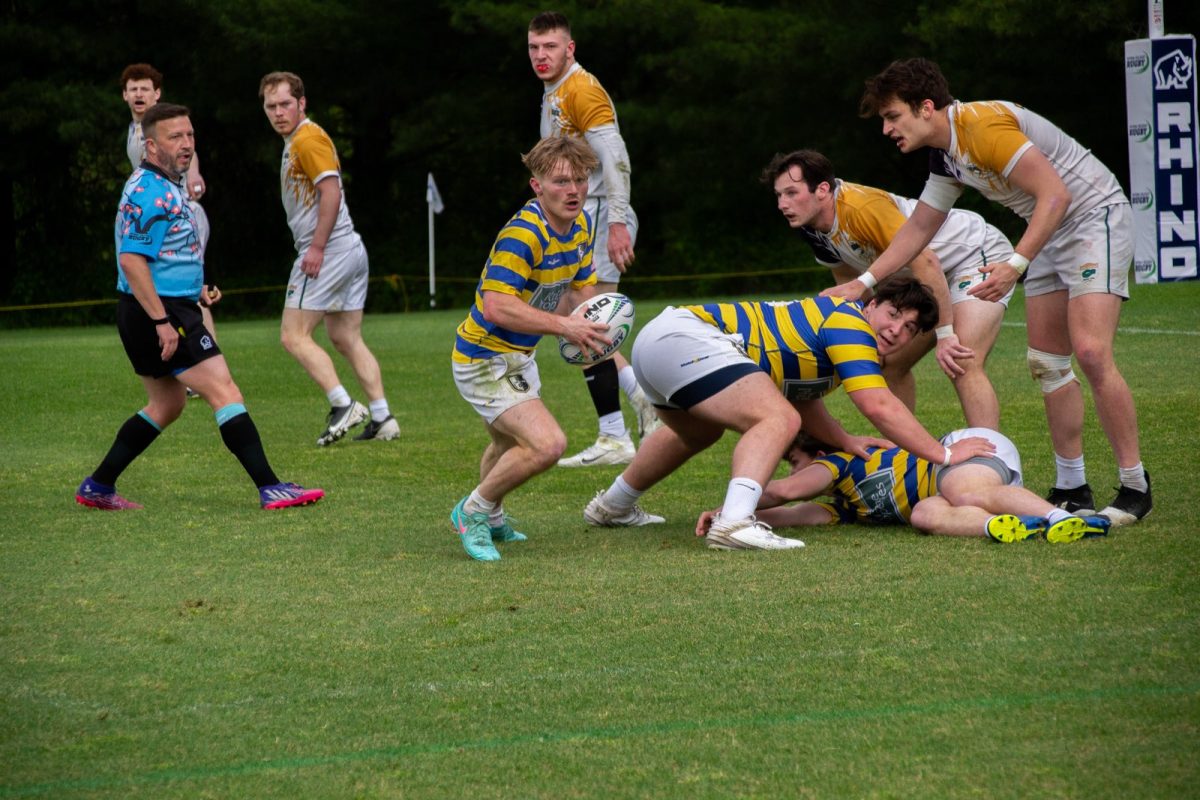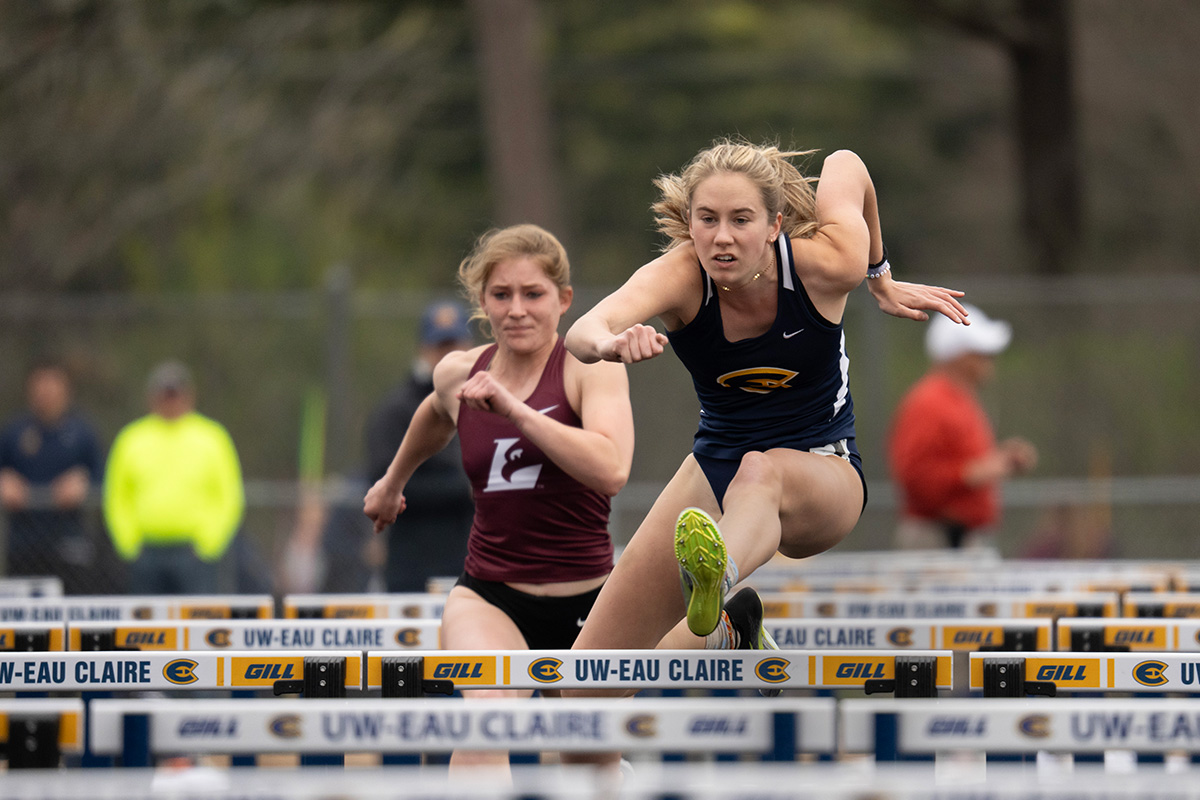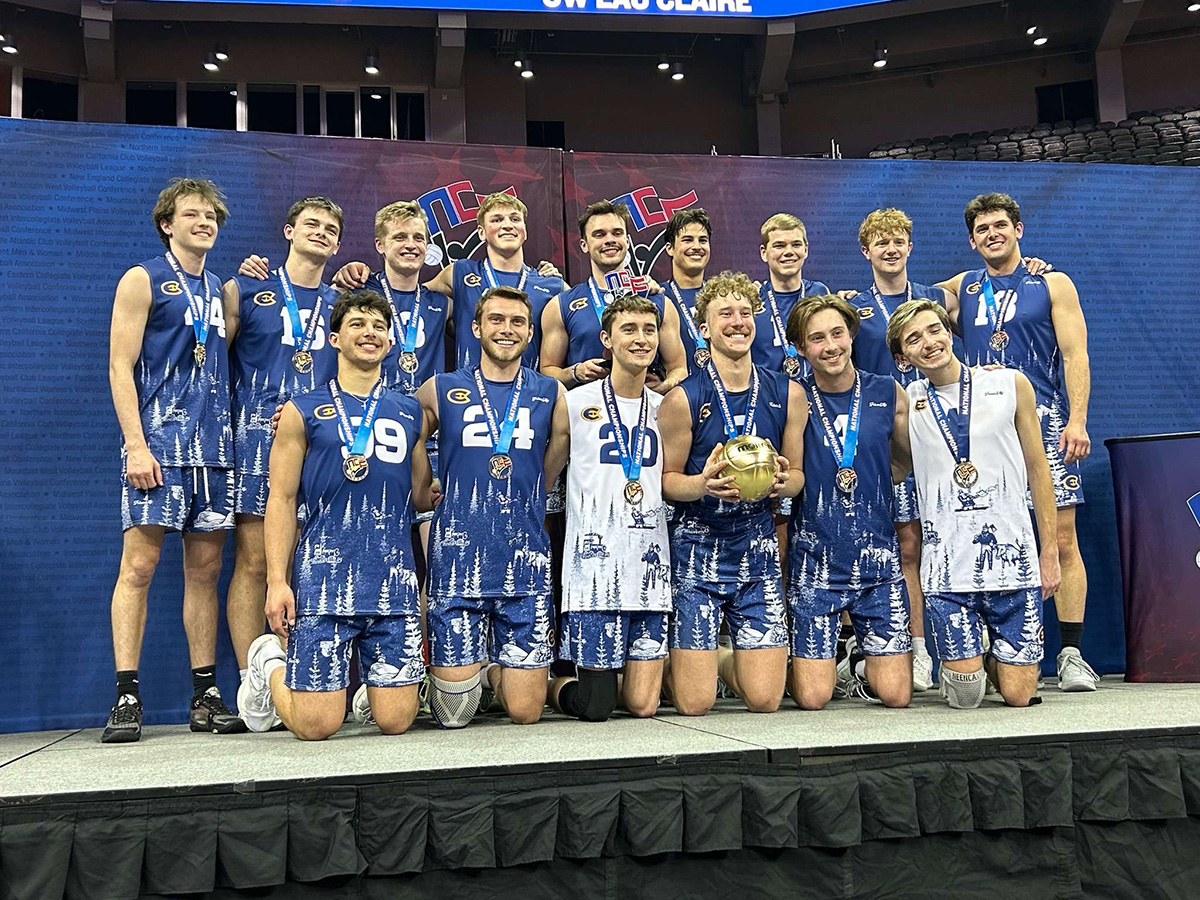There are so few shining moments non-varsity athletes on this campus can enjoy.
Somewhere high on that list – nestled near winning an NCAA basketball tournament pool – comes a slam dunk.
For those of us that have the coordination, the technique and – on a good day – the vertical required to throw down on a 10-foot hoop, we know the act is special and should be revered at this institution of higher learning.
But, as any intramural participant knows, it is not.
The no-dunking rule in intramurals seems to make about as much sense as the university’s service-learning requirement. The two standards also draw similar responses from many students: it’s a pain-in-the-butt rule that people at times try to circumvent.
So who’s behind all of this nonsense? Why can’t a scrawny 6-foot-2 white kid who can dunk not do so when the proper cherry-picking opportunity presents itself?
I sought out Jon Bollinger, a student services program manager, who also is an intramural coordinator.
I thought Bollinger was the menacing deviant trying to ground the student body. I thought he was the proverbial ankle weight on each and every Vince Carter wanna be. I thought he would tell me dunking is “unnecessary” in the game of basketball, and that it encourages aggressive play.
But he didn’t.
“For me, I enjoy the dunk,” Bollinger said. “It does bring a certain amount of excitement to the game.”
But Bollinger said the rule, which has been in place since before he began working for the university seven years ago, stems from the baskets themselves in McPhee Center, where most intramural games are played.
“Basically it comes from the fact that we replace too many rims,” he said. “The rims (in McPhee) are breakaway rims, but they’re not the type of quality that you’ll find in Zorn Arena.”
Bollinger pointed out the rule is that of McPhee Center. He said dunking isn’t allowed during summer camps or open gym, or any other time the facility is in use.
The repercussions for a dunk when one is playing during open gym, however, hardly stops one from doing so. At worst, it’s a verbal reprimand from the student attendant in the gym.
But during an intramural game, a dunker is assessed a technical foul. So the only time you’ll see one is during a blowout. If there’s a legitimate time during the game for a dunk, it is passed up on in favor of a layup.
Bollinger said there always has been people complaining about the “no-dunking” rule, but the amount of complaints is not outstanding.
“We really haven’t had a large number of complaints,” he said. “If we did get more, we might take it more seriously.”
Bollinger didn’t rule out the possibility of installing new, stronger rims in McPhee that would allow for dunking. But he said that would be up to recreation director Tom Patt and athletics director Marilyn Skrivseth.
I don’t imagine the “no-dunking” rule keeps many ballers from sleeping at night, but it would be nice to make like MJ on a fast break and not have to halt the game for technical free throws.
But I wouldn’t count on it anytime soon, so good luck with those NCAA brackets.

